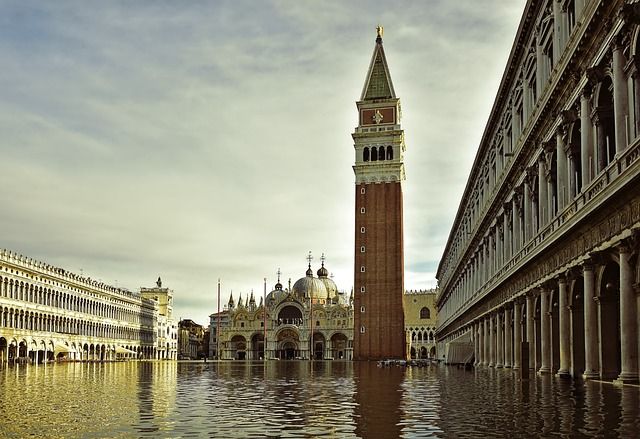Venice, the floating city of canals and stunning architecture, is a unique and beloved destination for tourists from around the world.
With a rich history dating back over a thousand years, the city has long been a hub of art, culture, and trade. It is built on a series of 118 islands connected by a network of canals and bridges. Its iconic gondolas, churches, and palaces draw millions of visitors each year.
But in recent years, Venice has been facing a mounting threat that comes from its very foundations: the high water. And climate change is only making the problem more severe..
So let's give an answer, once and for all, to the questions we all fear: when will Venice sink completely.
When will Venice sink completely: the current problems
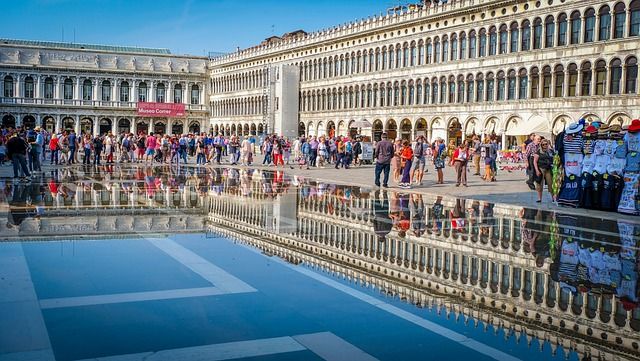
A little at a time, Venice is sinking every day.
High tide and global warming are some of the major problems the city is facing.
The first one is a natural phenomenon that occurs when high tides, storms, and other weather events cause water levels in the Venetian Lagoon to rise above normal levels.
This can lead to flooding in low-lying areas of the city, including streets, squares, and even some shops and homes. Some of the most famous areas of Venice (including San Marco) are the most affected by this great phenomenon.
While high water has always been a part of life in Venice, it has become increasingly frequent and severe in recent years.
Another important reason why Venice is sinking everyday is the climate change. In fact, it is a major factor in the increasing frequency and severity of high tide in Venice. Rising sea levels, a result of melting polar ice caps and other factors, are causing the water in the lagoon to rise.
This makes it more likely that high tides and storms will lead to flooding. In addition, climate change is also causing more extreme weather events, such as stronger storms, which can also contribute to acqua alta.
The impact of acqua alta on Venice and its residents cannot be overestimated.
In addition to causing damages to buildings and infrastructure, in fact, acqua alta disrupts daily life in the city. It can make it difficult or impossible for residents and tourists to get around, as streets and squares become flooded and some areas become inaccessible.
It can also damage the city's valuable cultural heritage, such as its centuries-old artwork and architecture.
When is Venice supposed to sink completely: which are the projections
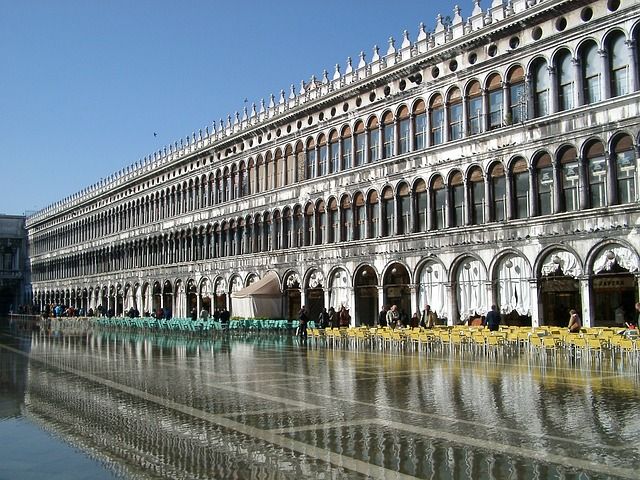
Despite its reputation as a city that is sinking, Venice is not actually sinking. It is sinking a little more every year but we are not expecting the city to be swallowed by the sea in the near future.
However, Venice, as many other seaside cities, is facing the serious and urgent problem of the rising sea levels.
According to projections, if sea levels continue to rise at their current rate, Venice could be underwater by 2100. This means that the city will be largely or completely submerged, with only its highest points remaining above water.
In addition to the long-term threat of rising sea levels, Venice is also at risk of more frequent and severe high water events in the future.
These events can cause significant damage to the city and disrupt the lives of its residents and visitors.
What is Venice doing to save itself?
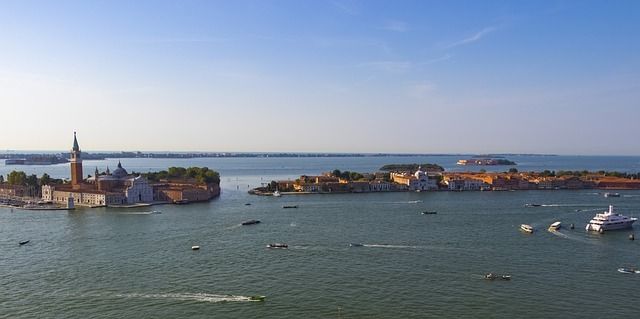
To address the threat of high water and rising sea levels, the city of Venice has embarked on an ambitious project called MOSE (Modulo Sperimentale Elettromeccanico).
It is a system of barriers that can be raised to protect the city from high tide events. When activated, the barriers block the incoming tide and keep the water out of the city.
The project has been in the works for over 20 years, and while it has faced numerous delays and setbacks, it is finally nearing completion. When finished, it is expected to provide protection for Venice from acqua alta events up to 3 meters (9.8 feet) in height.
Other measures to save Venice from the waters rise
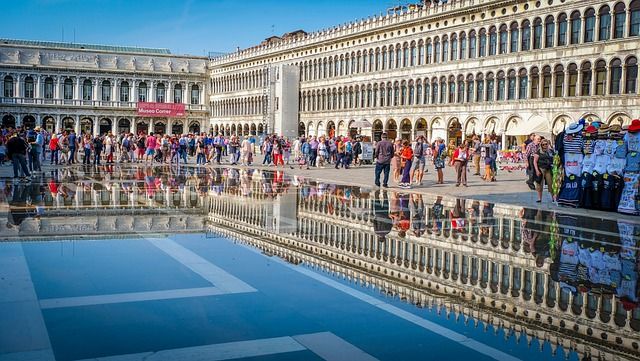
In addition to the MOSE project, Venice is also taking other measures to address the impacts of climate change and acqua alta.
This includes building elevations, which involve raising the ground level of some areas of the city to make them less vulnerable to flooding.
The city is also promoting sustainable tourism, with the goal of reducing the environmental impact of the millions of visitors it receives each year.
This includes efforts to reduce the use of plastic, promote public transportation, and support local businesses.
Is Venice doing enough to save itself from sinking
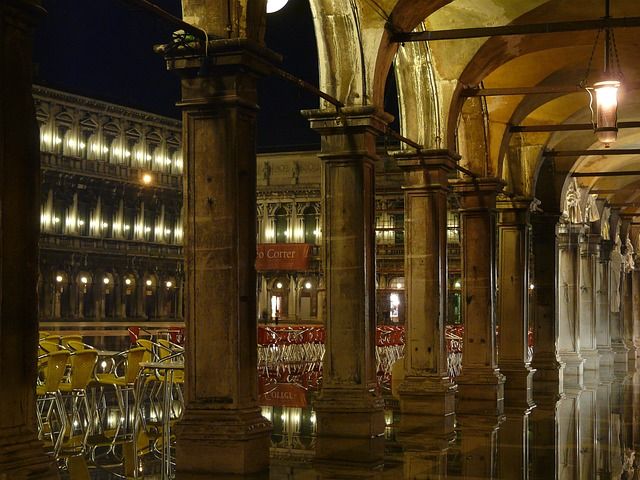
It is difficult to say definitively whether Venice is doing enough to protect itself from the impacts of acqua alta and rising sea levels.
The MOSE project is a major effort to address the threat of high water event. However, it is unclear if this will be sufficient to protect the city from more extreme events or from the long-term effects of rising sea levels.
In addition to the MOSE project, Venice is also taking other measures to address the impacts of climate change and acqua alta, such as building elevations and promoting sustainable tourism.
These efforts may help to mitigate the impacts of high tide events and reduce the environmental impact of tourism on the city.
Ultimately, it will likely take a combination of efforts, including infrastructure projects like MOSE, as well as changes in how we address climate change at a global level, to fully address the threat to Venice
What can you do to support our City?
Venice is a unique and beloved city that is facing a serious threat. Rising sea levels and more frequent and severe high water events pose a significant risk to the city and its residents.
However, efforts are being made to protect Venice, including the MOSE project and other measures such as building elevations and sustainable tourism.
As a visitor to Venice, you can support the city by being mindful of your environmental impact and supporting local businesses.
And despite the challenges it faces, Venice remains a vibrant and resilient city, with a rich history and culture that will continue to thrive for generations to come.

